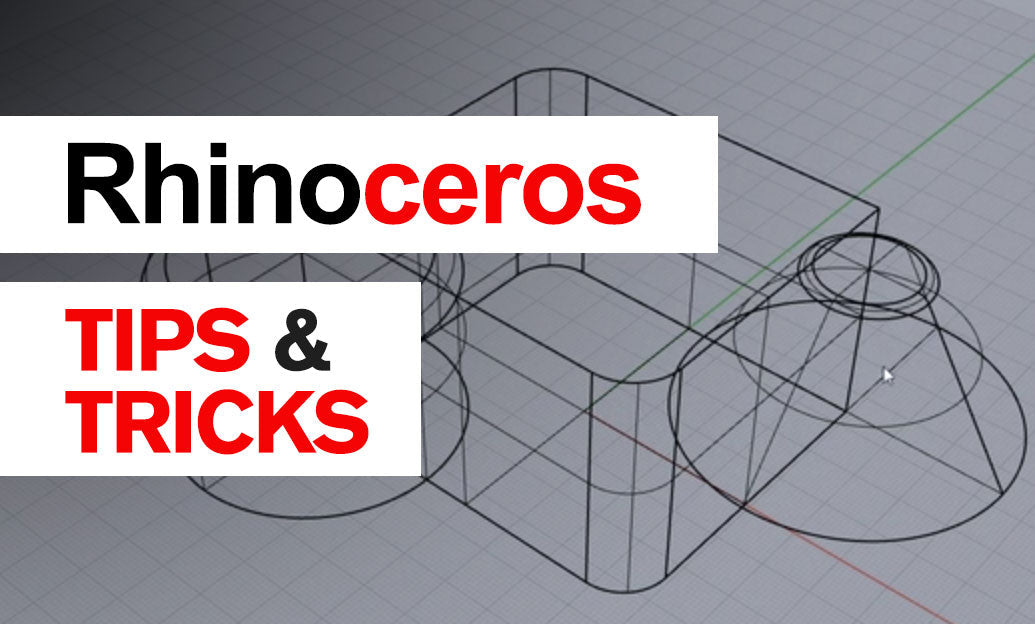Your Cart is Empty
"Great customer service. The folks at Novedge were super helpful in navigating a somewhat complicated order including software upgrades and serial numbers in various stages of inactivity. They were friendly and helpful throughout the process.."
Ruben Ruckmark
"Quick & very helpful. We have been using Novedge for years and are very happy with their quick service when we need to make a purchase and excellent support resolving any issues."
Will Woodson
"Scott is the best. He reminds me about subscriptions dates, guides me in the correct direction for updates. He always responds promptly to me. He is literally the reason I continue to work with Novedge and will do so in the future."
Edward Mchugh
"Calvin Lok is “the man”. After my purchase of Sketchup 2021, he called me and provided step-by-step instructions to ease me through difficulties I was having with the setup of my new software."
Mike Borzage
November 01, 2023 2 min read


PowerMesh tracking in Mocha Pro can be an exceptional tool in your VFX arsenal, allowing you to seamlessly insert elements into your footage. Whether you're adding a logo to a moving object or creating realistic scars on a character, PowerMesh tracking can provide the flexibility and precision required. However, it can sometimes be challenging to achieve the desired results. This guide presents a quick and effective method to optimize your PowerMesh tracking workflow in Mocha Pro.
Before embarking on any tracking endeavor, it's important to carefully set your planar settings. These settings will dictate how the software analyses the motion within your chosen shape. However, before hitting the mesh tracking button, there's a key step you should take.
Perform a planar track before attempting to track the PowerMesh. This step ensures your tracking isn't based solely on the mesh and helps to establish a solid foundation for your PowerMesh track. Once you've completed this planar track, you'll notice a smooth motion track that serves as a base for the next stages.
After completing the planar track, it's time to turn on your PowerMesh. Before you take any further action, select the "Existing Planar Data" in the Motion options. This selection ensures any future tracking does not repeat the tracking of the planar portion of the motion, thus saving time and computational resources.
Now that you've set the stage with your planar track and existing planar data, it's time to track your PowerMesh. With the groundwork laid, it becomes quicker and easier to experiment with different settings, and if necessary, re-track your mesh.
An additional layer of flexibility can be introduced by trying out different iterations of PowerMesh tracks. By drawing a new layer, setting the Mesh motion and "Existing Planar Data", you can then link your planar track from the original layer. Notably, the shape of the planar layer can be different from your Mesh track layer, allowing for greater flexibility in the placement of the Mesh and the amount of data that can be captured for the planar surface.
By adopting these steps, you can significantly enhance the level of experimentation and adjustment possible in your PowerMesh track. Instead of having to restart from scratch every time you want to make a change or try a different approach, these methods allow you to build upon the work you've already done - saving both time and effort.
Mastering the PowerMesh tracking in Mocha Pro can be a game-changer for your VFX work. By making use of existing planar data and linking layers, you can create more precise and adaptable tracks. Remember, the key is to establish a firm foundation with a planar track before moving onto the PowerMesh track and to make full use of the flexibility offered by the software.
For more information about the newest and most advanced design software technology, contact our sales team at NOVEDGE. Our expert team can provide advice and guidance on the best software solutions to suit your needs.

July 25, 2025 9 min read
Read More
July 25, 2025 7 min read
Read More
July 25, 2025 3 min read
Read MoreSign up to get the latest on sales, new releases and more …